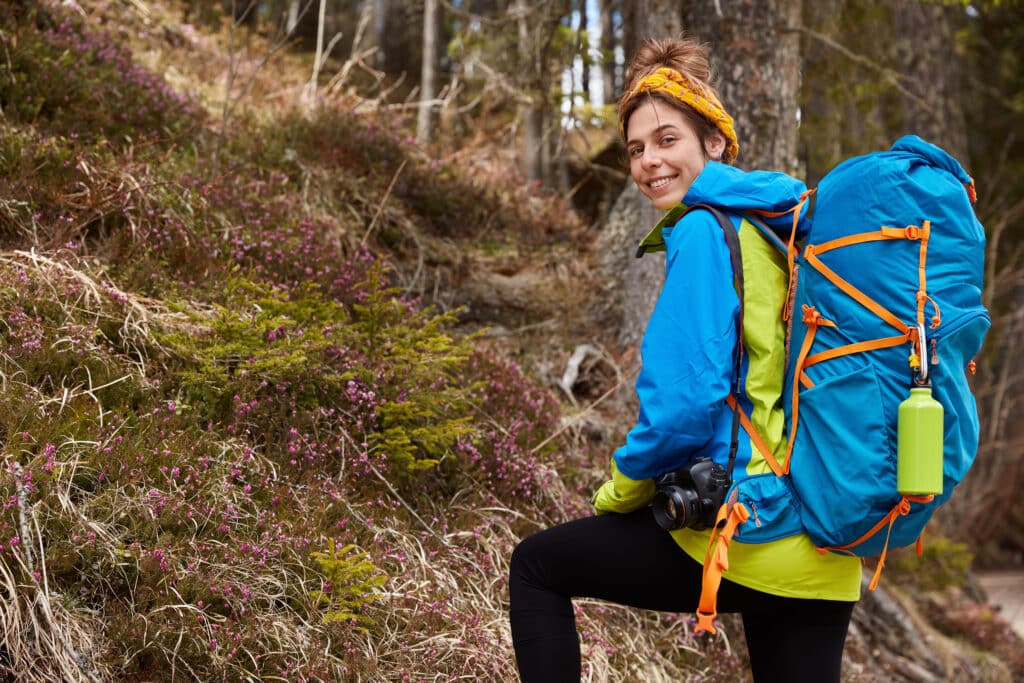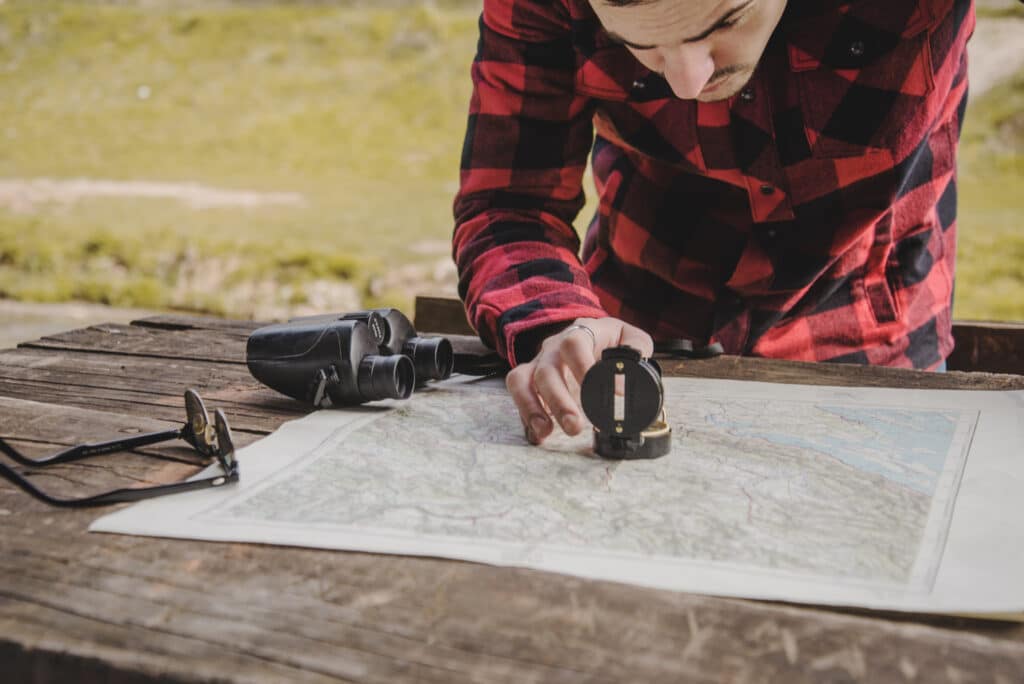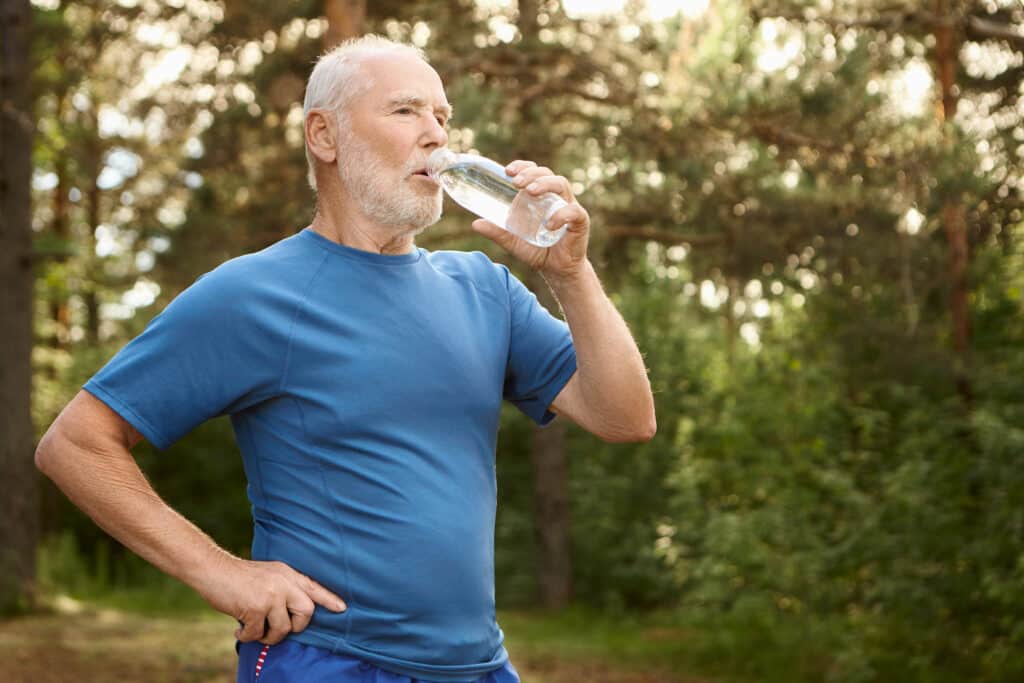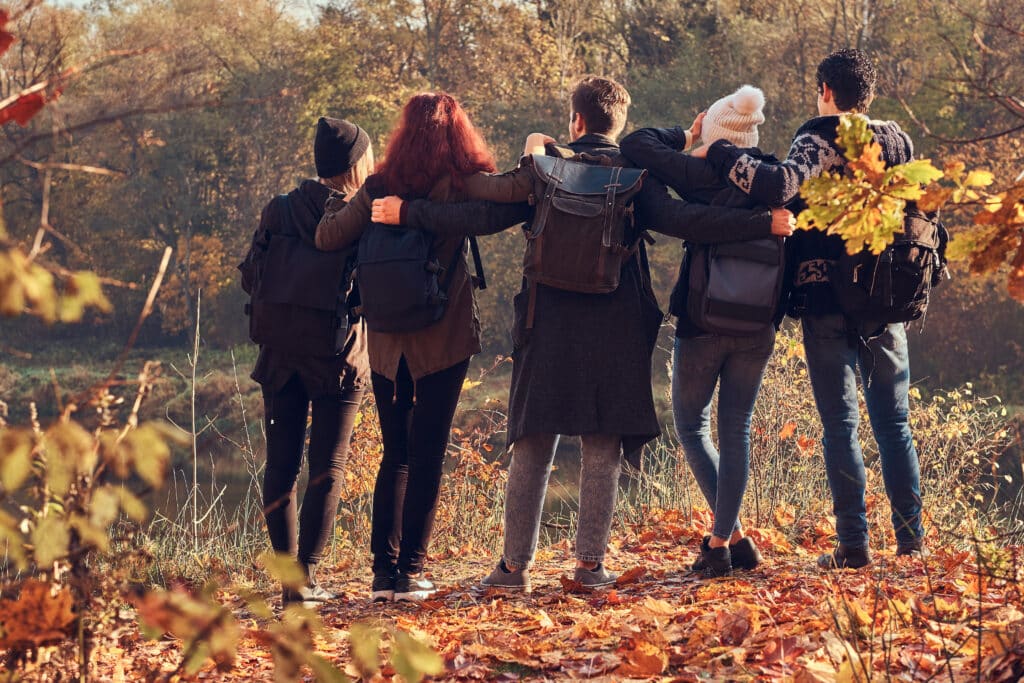
Looking for safety tips for hiking, camping and cycling? This is the read for you!
Heading out into the wilderness for a hiking, camping or cycling adventure can be an amazing experience, but it’s important to remember to prioritize safety. Accidents and emergencies can happen unexpectedly, making it crucial to be prepared with the right tools and knowledge. In this article, we’ll provide essential safety tips to keep in mind when hiking, camping or cycling. From bringing a map and compass, to staying hydrated, wearing appropriate clothing, carrying a first aid kit, and knowing emergency protocols. By following these tips, you can reduce the risk of injury and ensure a safe and enjoyable outdoor adventure.
Bring a map and a compass

- Make sure you have a map and compass and know how to use them. Don’t rely solely on your GPS or smartphone, as they may not always work in remote areas.
When going on a hike, camping trip, or cycling adventure, it is important to remember to bring a map and a compass. Having a clear map of the area you are planning to explore can be invaluable, helping you to stay on track and find your way out of any sticky situations you may find yourself in. A compass is also absolutely essential – with it, you can easily get your bearings and find your way to safety. Together, a map and compass can literally be a lifesaver when you are in the wild.
Stay hydrated and dress appropriately

Drink plenty of water and stay hydrated, especially during hot weather or high-altitude hikes. Bring a water filter or purification tablets if you plan to drink water from natural sources.
Wear appropriate clothing and footwear for the terrain and weather conditions. Bring extra layers in case of temperature changes and protect yourself from the sun by wearing a hat and sunscreen.
Wearing appropriate clothing and footwear is an important safety tip when hiking, camping or cycling. The right gear can help protect you from weather-related dangers like sunburn, hypothermia or frostbite, and from injuries like cuts, blisters, and sprains. When selecting clothing, consider the temperature, precipitation, and wind conditions, and dress in layers that can be added or removed as conditions change. Wear sturdy, closed-toe shoes with good traction and ankle support, and consider wearing gaiters to keep debris out of your shoes. Avoid wearing cotton clothing, which can absorb sweat and become wet, making you feel cold and increasing the risk of hypothermia. Opt for synthetic materials that wick moisture away from your skin and help regulate your body temperature. By wearing appropriate clothing and footwear, you can reduce the risk of injury and stay comfortable and safe during your outdoor activity.
Carry a first aid kit

Carry a first aid kit with basic supplies, such as bandages, antiseptic, and pain relievers. Know how to use the items in the kit and how to treat common injuries, such as blisters or sprains.
Carrying a first aid kit is a crucial safety tip when hiking, camping or cycling. Accidents and injuries can happen at any time, and having a well-stocked first aid kit can help you treat minor injuries and prevent them from becoming more serious. A basic first aid kit should include items like adhesive bandages, gauze pads, antiseptic wipes, and pain relievers. Depending on the length and nature of your outdoor activity, you may want to include additional items like a splint, emergency blanket, or snakebite kit. Make sure you know how to use the items in your first aid kit, and consider taking a first aid class to learn additional skills. By carrying a first aid kit, you can be prepared to treat minor injuries and ensure a safer and more enjoyable outdoor adventure.
Carry a whistle and don’t hike, camp or cycle alone

Carry a whistle to signal for help in case of an emergency. Three short blasts can be used to signal for help.
Don’t hike, camp or cycle alone: Whenever possible, hike, camp or cycle with a partner or group. If you do go alone, make sure someone knows where you’re going and when you plan to return.
Avoiding hiking, camping or cycling alone is an important safety tip. Having a companion or group of people with you can help ensure your safety in case of an emergency, and provide support and assistance when needed. If you do plan to go alone, make sure to let someone know your planned route and estimated return time, and check in with them periodically. Additionally, it’s important to be aware of your surroundings and avoid potentially dangerous situations, like isolated areas or areas with low visibility. By hiking, camping or cycling with others, you can share the experience and help keep each other safe while enjoying the great outdoors.
Know the emergency protocols
Ready for one last safety tips for hiking camping and cycling? Know the emergency protocols for the area you’re in, such as how to contact emergency services and how to locate the nearest hospital or medical facility. Carry a phone or communication device with you, but be aware that cell phone coverage may be limited in remote areas.





